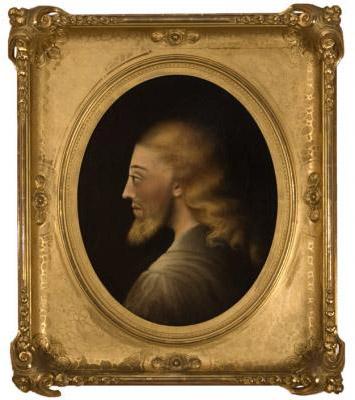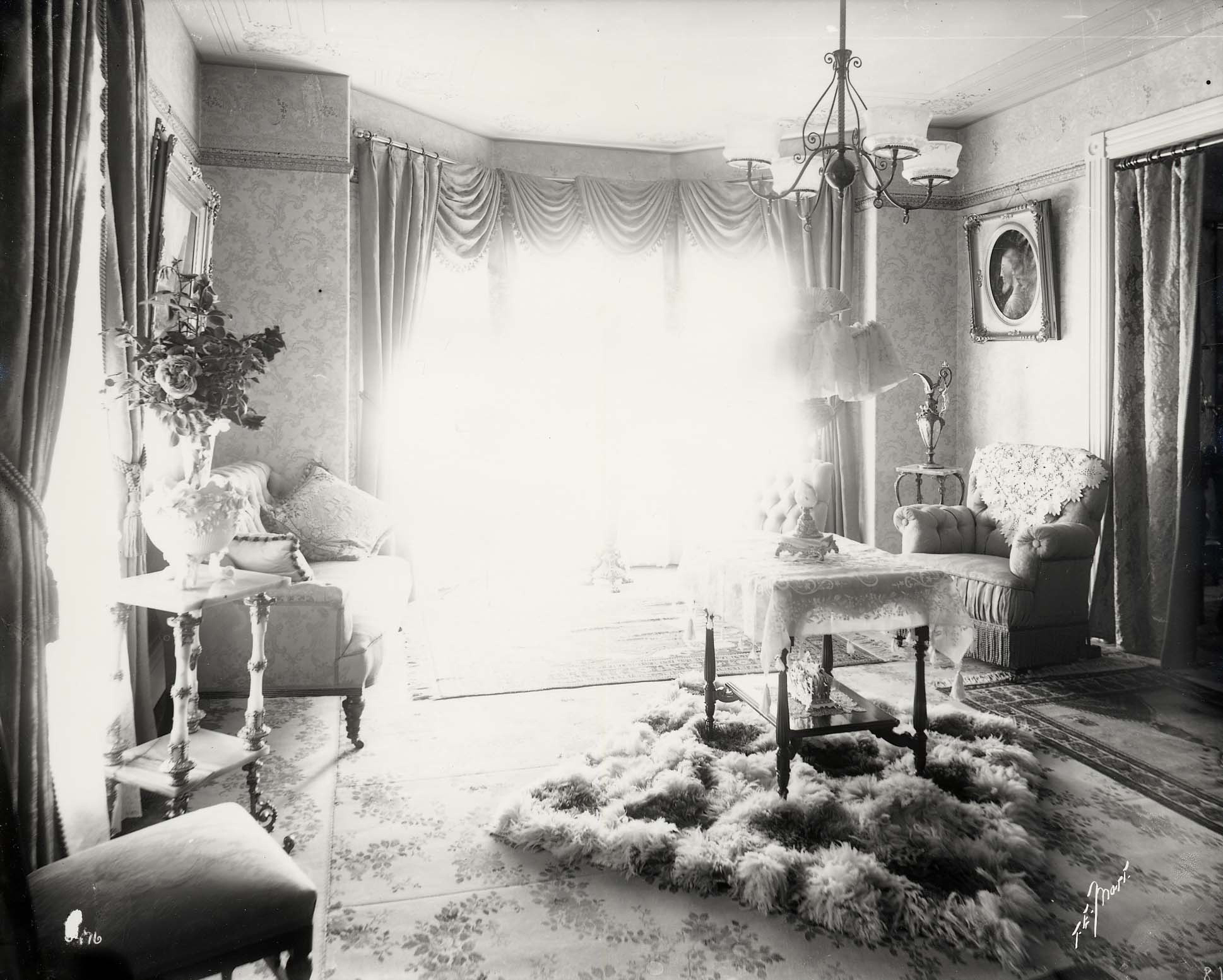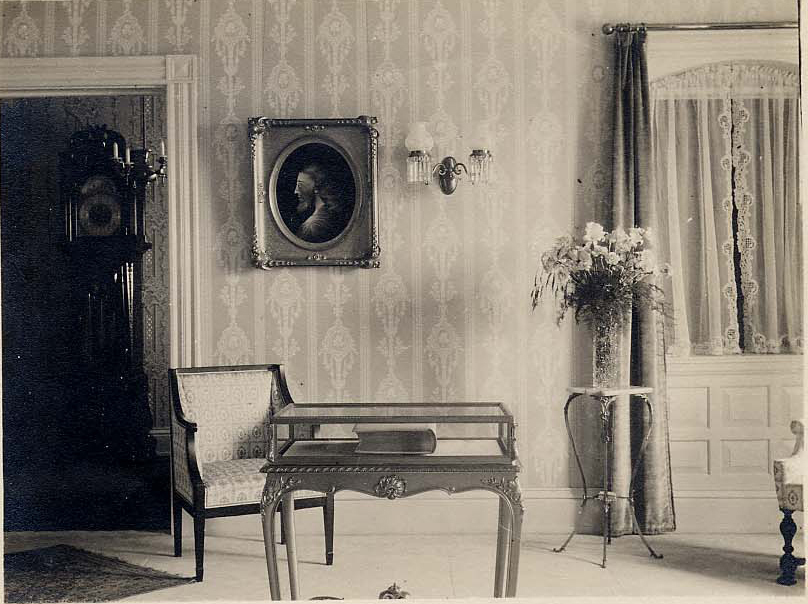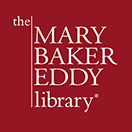
Portrait of Jesus, oil on canvas by M. A. Batchelder, 0.1043
The following “Card” was placed by Mary Baker Eddy in The Christian Science Journal of May 1885: “To Miss Julia S. Bartlett, C.S. and her students, I acknowledge a life-long memory and joy, for the just picture of JESUS,—painted in oil by Mrs. M. A. Batchelder, of Boston,—from the photograph of an Engraving on Emerald, found in Italy.”1
In her reminiscence, Julia Bartlett recorded that it was customary at that time for Eddy’s students to remember her at Christmas. Bartlett had a picture of Jesus which was said to be copied from a portrait carved in an emerald by order of the Roman emperor Tiberius Caesar. It was such a unique image that Bartlett decided to have a painting made of it for Eddy for Christmas of 1884. However, the artist was not able to complete the painting in time for Christmas, and it was not given to Eddy until March 16, 1885.
On that date Bartlett accompanied Eddy to Tremont Temple in Boston, where she addressed Reverend Joseph Cook’s “Monday Lecture” audience in defense of Christian Science. Just weeks before Cook had read a letter by Reverend A. J. Gordon harshly criticizing Christian Science and Eddy. It was not a task that Eddy particularly wanted to undertake, and yet she felt she had no choice. It had to be done. Bartlett recorded that the ride home was quiet. Upon arrival Eddy went to her room where she remained alone. It had been an exhausting experience. (See Gillian Gill’s biography, Mary Baker Eddy, 321-323 for more information on Eddy’s Tremont Temple address.)
Bartlett decided that this was the time to give Eddy the painting. Bartlett had a meeting to attend, so she asked a student not to disturb Eddy but to give the painting to her when she returned to her room after supper. Eddy was so pleased with the portrait that she sent the student to get Bartlett so that she could thank her. Bartlett could not say what the painting had brought to Eddy’s thought, but it was apparent Eddy had fully recovered from the afternoon’s experience at Tremont Temple.
The painting hung in her parlor at her Pleasant View home in Concord, NH and also in the front parlor of her Chestnut Hill home in Newton, MA. In February 1909, William Rathvon, her Corresponding Secretary, recorded Eddy’s request to have the painting carefully preserved.
 |
 |
| Parlor, Pleasant View 1906, P06279 | Parlor, Chestnut Hill 1909, P05815 |
The Emerald Image
There are numerous expressions of this profile likeness of Jesus which are associated with a short statement that reads: “A true likeness of our savior copied from the portrait carved on an emerald by order of Tiberius Caesar, which emerald the Emperor of the Turks afterwards gave out of the treasury of Constantinople to Pope Innocent the eighth, for the redemption of his brother taken captive by the Christians.” The emerald vernicle appears in recorded history when Sultan Bajazid II gave it to Pope Innocent VIII in the 15th century. The accounts of the emerald’s origin are associated with such artifacts as Veronica’s veil, Pontius Pilate’s letter to Tiberius Caesar, and Publius Lentullus’ letter to the Roman Senate. The veil and documents are apocryphal, as is the account of the emerald. The emerald no longer exists, and is thought to have disappeared with the sacking of Rome in 1527 by the troops of Charles V, emperor of the Holy Roman Empire.
The artist
Little is known of Mary A. Batchelder. She was a resident of Roxbury, MA, married to Horace K. Batchelder, and had studied painting in Florence, Italy. Batchelder became interested in Christian Science through Julia Bartlett and was a student of Eddy’s, having attended Primary and Normal classes at the Massachusetts Metaphysical College. In 1886 she painted a portrait of Eddy which is also in the Library’s collections.
- Mary Baker Eddy, “Card,” The Christian Science Journal, May 1885, http://journal.christianscience.com/shared/view/28zvgpu5z9o?s=t

